One of the most important and extensively observed holidays in India is Diwali, popularly called the Festival of Lights. It represents good triumphing over evil and light defeating darkness. Making elaborate and colorful Rangoli patterns is a major component of the Diwali festivities. This article examines the significance of the Rangoli painting as a vibrant prelude to the Diwali celebrations in 2023.
1. The History and Origins of Rangoli:
Rangoli is an age-old Indian art form that has been around for many years. It originated in diverse parts of India and goes by several names, including Kolam in South India and Alpana in Bengal. Generations have carried on the custom of making Rangoli designs for festivals, particularly Diwali, which has helped to preserve the rich cultural legacy.
This section explores the origins and historical and cultural significance of Rangoli, charting its development through time. It highlights the richness and beauty of this age-old art form by examining the various methods, supplies, and regional differences related to Rangoli.
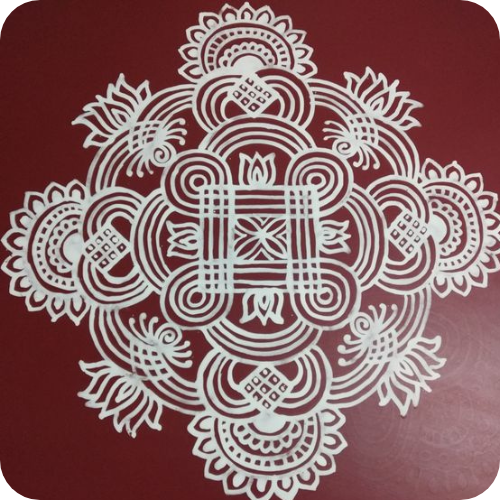
2. Symbolism and Significance of Rangoli :
Rangoli is not merely a decorative art form; it carries deep symbolism and spiritual significance. Each element of a Rangoli design holds meaning and represents various aspects of life, nature, and spirituality. This section explores the symbolism behind different motifs and patterns used in Rangoli, such as flowers, birds, geometric shapes, and religious symbols.
Furthermore, Rangoli is believed to invite positive energy and prosperity into homes. It is considered an auspicious way to welcome deities and guests during Diwali. The colors used in Rangoli hold specific meanings, and the act of creating Rangoli is seen as a form of meditation and a way to connect with the divine.
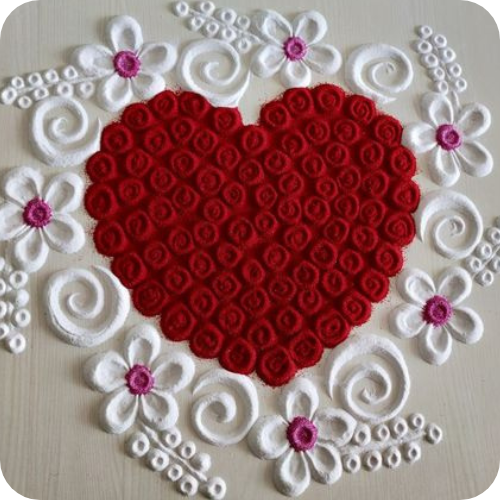
3. Methods and Supplies for Crafting Rangoli:
Crafting a Rangoli design necessitates expertise, ingenuity, and meticulousness. A detailed tutorial on the many methods and supplies required to create Rangolis can be found in this section. It covers conventional techniques including freehand sketching, stencil-based artwork, and the use of natural elements like flowers, rice flour, colored powders, and other materials.
It also looks at contemporary variations on the Rangoli, including the use of colored sand, acrylic paints, and even digital creations. Additionally, there are hints and techniques in this part to help novices make their own masterpieces out of Rangoli.
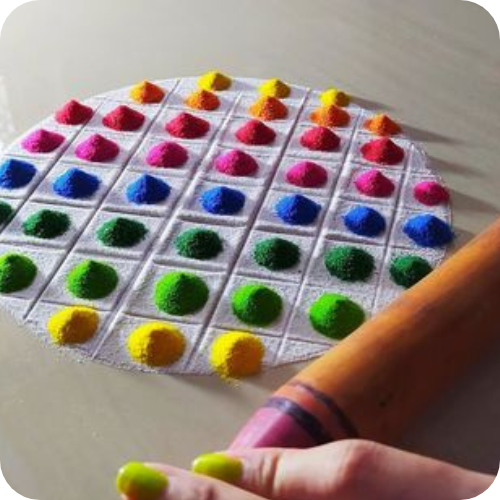
4. Regional Variations and Contemporary Trends :
Rangoli designs vary across different regions of India, each showcasing its unique style and cultural influences. This section explores the regional variations of Rangoli, such as the intricate patterns of Rajasthan, the geometric designs of Gujarat, and the floral motifs of Kerala.
Furthermore, it highlights contemporary trends in Rangoli making, including fusion designs that blend traditional and modern elements. The use of technology, such as projection mapping and 3D Rangoli installations, is also gaining popularity, adding a new dimension to this ancient art form.
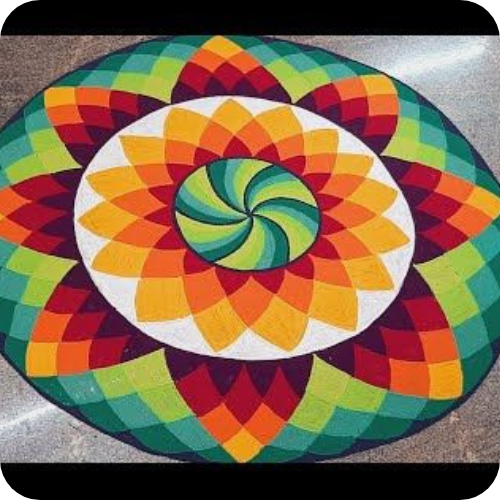
5. Rangoli as a Social and Community Activity :
Making rangoli is a communal and societal Diwali tradition that extends beyond individual homes. This section looks at how Rangoli may help build a sense of community by showing how neighbors and friends can work together to create elaborate designs for public areas.
In addition, Rangoli contests and exhibitions are held, giving enthusiasts and artists a stage on which to present their skills and originality. These gatherings foster creativity, foster cross-cultural interaction, and honor the beauty of Rangoli as a form of group art.
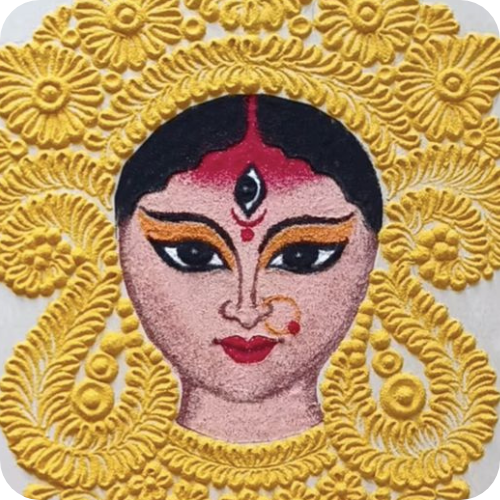
Conclusion :
Rangoli is an integral part of Diwali celebrations, adding color, beauty, and symbolism to the festive atmosphere. It is a visual representation of the joy, prosperity, and spiritual significance associated with Diwali. The art of Rangoli not only preserves ancient traditions but also evolves with contemporary trends, reflecting the dynamic nature of Indian culture.
As we prepare to celebrate Diwali 2023, let us embrace the art of Rangoli and appreciate its cultural significance. Whether it is a simple design at the entrance of our homes or an elaborate masterpiece in a public space, Rangoli serves as a colorful welcome, spreading positivity, and inviting prosperity into our lives.
So, let your creativity flow, explore different techniques and materials, and create your own Rangoli design this Diwali. Let the vibrant colors and intricate patterns of Rangoli illuminate your surroundings and fill your heart with joy and harmony. Happy Diwali! For more latest things visit – https://sabezy.com/


